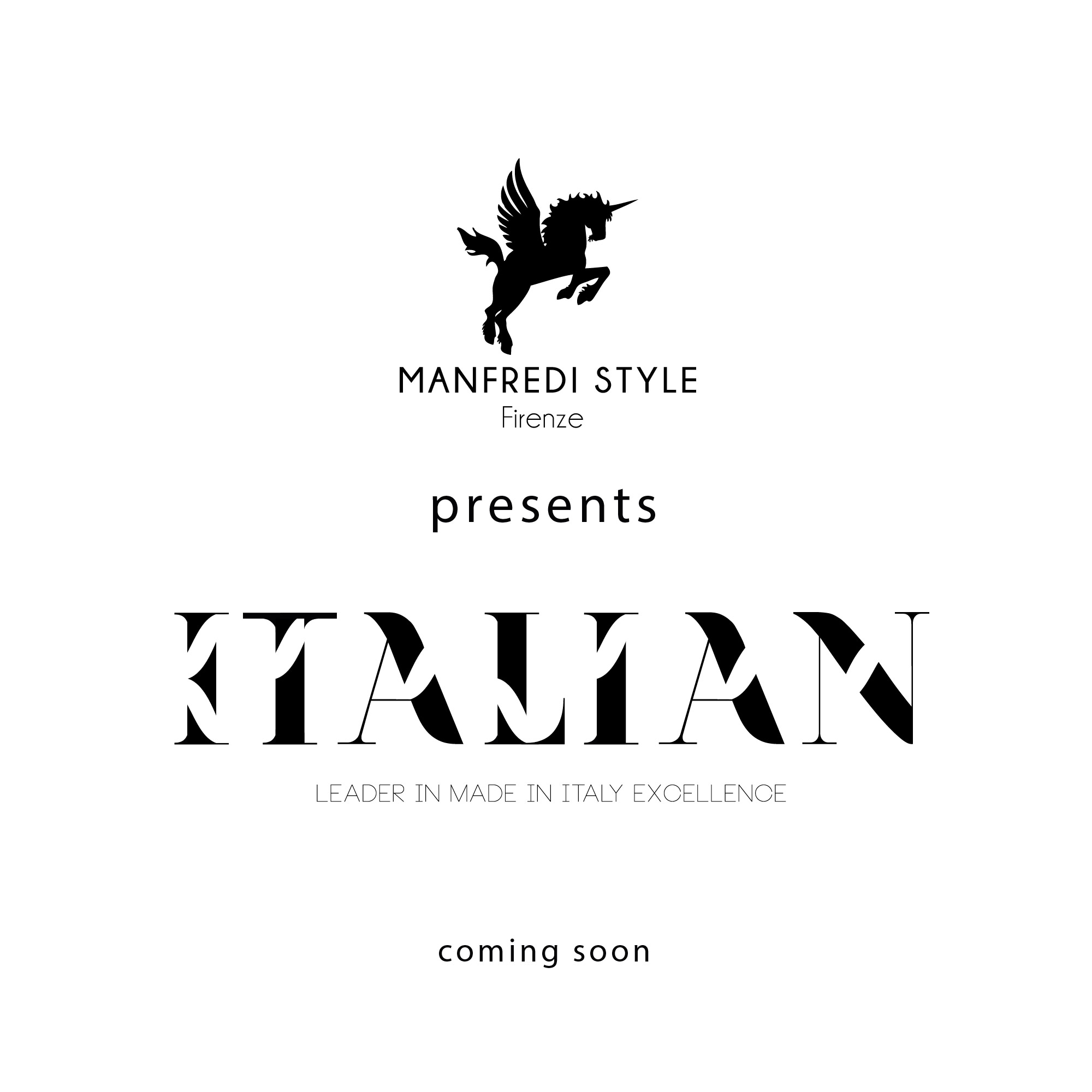How To Say Hi In Italian: A Friendly Guide For Everyday Conversations
Ever wondered how to say hi in Italian? If you're planning a trip to Italy or just want to impress your Italian friends, learning the right greetings is a great place to start. Italian greetings are warm, expressive, and full of personality – just like the language itself. Whether you're meeting someone for the first time or catching up with an old friend, knowing how to greet them properly will make your interactions smoother and more enjoyable. So, let's dive into the world of Italian greetings and discover the best ways to say hi in Italian!
Italian is one of the most romantic and melodic languages in the world, and its greetings reflect that beauty. From casual hellos to formal salutations, there's a greeting for every occasion. In this guide, we'll explore the most common ways to say hi in Italian, including informal and formal options, regional variations, and even some fun slang terms that locals use. So, whether you're a beginner or an advanced learner, this article has got you covered!
Learning how to say hi in Italian isn't just about mastering vocabulary; it's about understanding the culture behind the language. Italians are known for their warmth and hospitality, and their greetings often reflect that. By the end of this article, you'll not only know how to say hi in Italian but also how to use greetings in context, making your conversations more natural and authentic. Ready to get started? Let's go!
- Lillie Knauls Date Of Birth Unveiling The Story Behind The Iconic Figure
- Cassandra Meyer Height Unveiling The Glamorous Reality
Why Learning Italian Greetings is Important
When it comes to learning a new language, greetings are one of the first things you should focus on. They're the building blocks of communication and can set the tone for your interactions. Knowing how to say hi in Italian can help you connect with people on a deeper level and show that you respect their culture. Plus, Italians appreciate when foreigners make an effort to speak their language, even if it's just a simple greeting.
Italian greetings are also versatile, meaning you can use them in different situations depending on the context. For example, you might use a formal greeting when meeting someone for the first time, but switch to a more casual one when chatting with friends. Understanding these nuances will make your conversations more natural and engaging.
Common Ways to Say Hi in Italian
Let's start with the basics. Here are some of the most common ways to say hi in Italian:
- Just Busted Sevierville Tn The Inside Scoop On Whats Happening In This Small Town
- Buffalo Chip Promo Code 2025 Your Ultimate Guide To Savings And Adventure
- Ciao – This is probably the most famous Italian greeting, and for good reason. Ciao is informal and can be used both as "hi" and "bye." It's perfect for casual conversations with friends, family, or peers.
- Salve – If you're looking for a slightly more formal alternative to ciao, salve is a great choice. It's polite and can be used in a variety of situations, from greeting a shopkeeper to saying hello to a colleague.
- Pronto – While not exactly a greeting, pronto is what Italians say when answering the phone. Think of it as the Italian equivalent of "hello" in English phone conversations.
Formal vs. Informal Greetings
In Italian, the distinction between formal and informal greetings is important. Italians value respect and politeness, so it's essential to choose the right greeting based on the context. Here's a breakdown of formal and informal greetings:
Formal Greetings
When meeting someone for the first time or addressing someone older or in a position of authority, it's best to use formal greetings:
- Buon giorno – This means "good morning" and can be used until around noon. It's a polite and respectful way to greet someone.
- Buona sera – After noon, you can switch to buona sera, which means "good evening." It's appropriate for both formal and semi-formal situations.
Informal Greetings
For casual conversations with friends or people you know well, informal greetings are the way to go:
- Ciao – As mentioned earlier, ciao is the go-to informal greeting in Italian. It's versatile and can be used at any time of day.
- Ehi – This is a more casual way of saying "hey" or "hi" in Italian. It's often used among friends or in informal settings.
Regional Variations of Italian Greetings
Italy is a diverse country with many regional dialects, and this diversity extends to greetings as well. While standard Italian greetings like ciao and buon giorno are widely understood, some regions have their own unique ways of saying hi:
Northern Italian Greetings
In northern Italy, you might hear greetings like:
- Ciao a tutti – This means "hi everyone" and is commonly used in group settings.
- Ciao bella – A playful way of saying "hi beautiful" or "hi girl." It's often used in a friendly and lighthearted manner.
Southern Italian Greetings
In southern Italy, greetings can be even more expressive and warm. Some examples include:
- Ciao amico – This means "hi friend" and is a friendly way to greet someone you know well.
- Ciao bello – Similar to ciao bella, this is a casual greeting that translates to "hi handsome" or "hi guy."
Fun Italian Slang for Saying Hi
If you want to sound like a local, learning some Italian slang is a must. Here are a few fun and informal ways to say hi in Italian:
- Cià – A shortened version of ciao, often used by younger generations.
- Ciao ciao – This is a playful way of saying "hi" or "bye" and is often used in informal settings.
- Hei – A casual greeting similar to "hey" in English, often used among friends.
Tips for Using Italian Greetings in Real-Life Situations
Now that you know how to say hi in Italian, let's talk about how to use these greetings in real-life situations. Here are some tips to help you navigate different contexts:
Greeting Strangers
When greeting strangers, it's best to stick with formal greetings like buon giorno or buona sera. These show respect and politeness, which are highly valued in Italian culture.
Greeting Friends
With friends, you can be more relaxed and use informal greetings like ciao or ehi. Don't be afraid to add a little flair with slang terms like cià or ciao ciao.
Greeting on the Phone
When answering the phone, use pronto to let the caller know you're ready to speak. If you're initiating the call, you can start with a polite buon giorno or buona sera, depending on the time of day.
Understanding Italian Greeting Culture
Italian greetings are more than just words; they're a reflection of the country's culture and values. Italians are known for their warmth and hospitality, and their greetings often reflect that. For example, it's common for Italians to greet each other with a kiss on the cheek or a friendly handshake, depending on the relationship.
Another important aspect of Italian greeting culture is the emphasis on politeness. Even in informal settings, Italians tend to be courteous and respectful in their interactions. This is why it's important to choose the right greeting based on the context and the person you're addressing.
Practicing Italian Greetings in Daily Life
The best way to master Italian greetings is to practice them in real-life situations. Whether you're traveling to Italy or interacting with Italian speakers in your community, every opportunity to use these greetings is a chance to improve your skills. Here are some practical ways to practice:
- Start conversations with Italian-speaking friends or language partners.
- Watch Italian movies or TV shows to hear how greetings are used in context.
- Practice with language learning apps that focus on conversational skills.
Resources for Learning Italian Greetings
If you're serious about learning Italian greetings, there are plenty of resources available to help you. Here are a few recommendations:
- Language learning apps like Duolingo or Babbel offer interactive lessons on greetings and basic conversations.
- YouTube channels like Learn Italian with Lucrezia provide engaging video lessons on Italian greetings and culture.
- Books like "Italian Phrasebook" by Lonely Planet are great for learning practical phrases and greetings.
Conclusion
Learning how to say hi in Italian is an essential step in mastering the language and understanding its culture. From casual greetings like ciao to formal salutations like buon giorno, Italian greetings offer a glimpse into the warmth and hospitality of the Italian people. By practicing these greetings in real-life situations and using them in context, you'll not only improve your language skills but also deepen your connection with Italian culture.
So, what are you waiting for? Start practicing your Italian greetings today and take the first step toward becoming fluent in this beautiful language. And don't forget to share this article with your friends or leave a comment below to let us know your favorite Italian greeting. Arrivederci!
Table of Contents
- Why Learning Italian Greetings is Important
- Common Ways to Say Hi in Italian
- Formal vs. Informal Greetings
- Regional Variations of Italian Greetings
- Fun Italian Slang for Saying Hi
- Tips for Using Italian Greetings in Real-Life Situations
- Understanding Italian Greeting Culture
- Practicing Italian Greetings in Daily Life
- Resources for Learning Italian Greetings
- Conclusion
- Mark Sirard The Man Behind The Scenes In Health And Fitness
- Aroksya Standardized Milk The Cream Of The Crop In Dairy Innovation

slide.jpg

HiL

Dribbble Hi_animacion_1.gif by Denise Balas